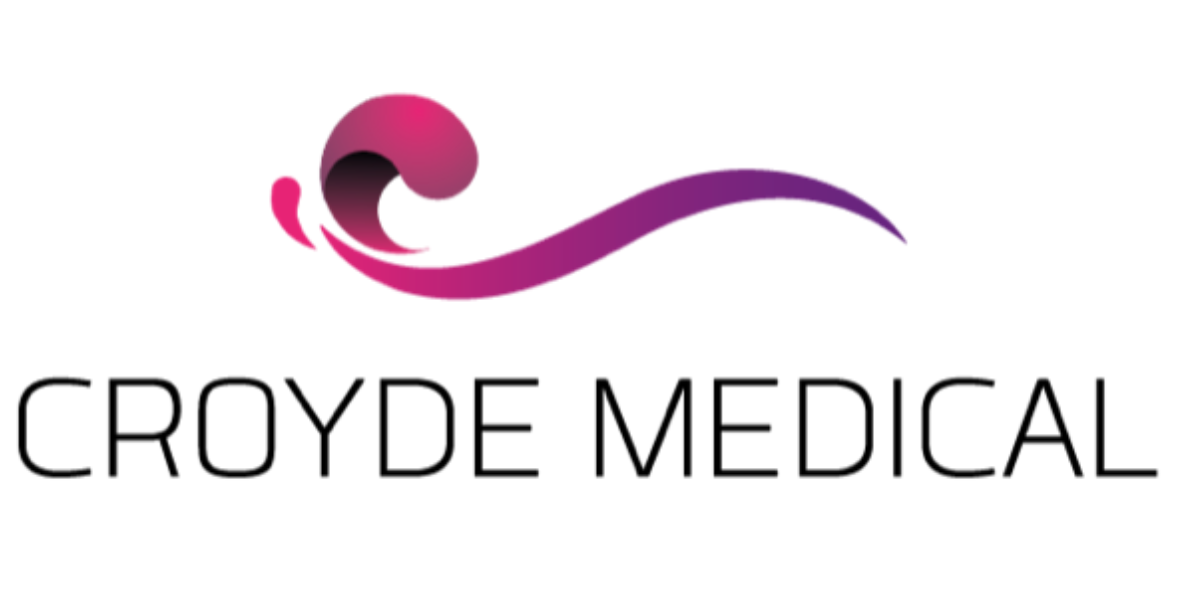Energy Efficiency, Sustainability & Patient Benefits of QED Warming Cabinets
Energy efficiency isn’t just a sustainability goal, it’s a practical necessity. With rising energy costs and increasing pressure to reduce carbon footprints across multiple trusts, every piece of equipment plays a role in shaping a greener future for the NHS. Warming cabinets, used to maintain the temperature of blankets and fluids for patient care, are no exception.
This post explores how QED Warming Cabinets are designed with energy efficiency in mind. From smart usage patterns and environmental considerations to their long-lasting construction and patient benefits, we’ll break down what makes these cabinets a sustainable and cost-effective choice for modern healthcare settings.
Energy Efficiency
How energy efficient are QED Warming Cabinets?
When it comes to stating the energy efficiency of the QED Warming Cabinets, the answer is actually rather nuanced. That's because the energy consumption of a blanket/fluid warmer depends on three factors:
- Cabinet size – larger cabinets have larger elements and therefore draw more power.
- Usage patterns – how often new (cold) items are added, and how full the cabinet is kept.
- Environment – cabinets in warm areas (e.g. maternity wards) use less energy than those in cooler, air-conditioned theatres.
For example, a smaller 30-litre cabinet running at full power for 24 hours would use around 9.25 kWh, while a much larger 575-litre cabinet would use around 48.85 kWh. In practice, actual usage is lower, as the cabinets do not run constantly at full power.
Does keeping the cabinet full improve energy efficiency?
Yes - a full cabinet is more energy efficient than an empty one. This is because warmed blankets or fluids act as a thermal mass, which helps to maintain the internal temperature with less frequent heater cycling. This then results in lower energy consumption per litre, especially when the cabinet is accessed frequently during the day.
An empty or partially-filled cabinet, on the other hand, requires more energy to stay warm. As such, it's a good idea to maintain a certain level of stock in your warming cabinet.
How does the environment affect energy use?
The surrounding room conditions play a big role in how efficiently a cabinet operates.
In warmer environments (such as maternity units), the cabinet doesn’t need to work as hard to stay warm, reducing the frequency of the cabinet entering 'warming mode'. In contrast, cooler or air-conditioned areas (like operating theatres) demand more energy to maintain the set temperature, leading to higher energy use overall.
The Sustainable Design Behind QED Cabinets
Through thoughtful engineering and material choices, QED cabinets deliver lasting performance with a reduced environmental footprint.
So, what makes QED cabinets a sustainable choice?
Durability
With extended durability, QED cabinets reduce the frequency of replacements. This minimises material waste, manufacturing emissions and overall lifecycle costs for healthcare providers.
Long Service Life
Many QED cabinets remain in active use for 15–20 years, far exceeding typical medical device lifespans. This exceptional longevity reflects their robust design and high manufacturing standards. Not only that, but when the cabinets do reach the end of their service life, approximately 95% of the cabinet can be recycled!
Lower Embedded Carbon
The durable construction of QED cabinets ensures a long operational life, meaning the embodied carbon from manufacturing is spread over many years. This extended lifespan contributes to a lower carbon intensity per use and a smaller overall footprint.
How Do QED Cabinets Benefit Patients in the Perioperative Period?
Maintaining patient normothermia, the normal body temperature range, is a cornerstone of safe surgical practice. When body temperature drops too low, the risk of infection, bleeding and slower recovery increases, making temperature management a critical factor in better outcomes.
With this in mind, access to warmed blankets/fluids provides:
- Improved outcomes in line with NICE guidance and Enhanced Recovery After Surgery (ERAS) protocols.
- Improved comfort and reduced anxiety – a warm blanket helps reduce patient stress before surgery.
- Better clinical outcomes – perioperative hypothermia is linked to increased infection risk, delayed healing and longer recovery times. Warmed blankets/fluids help to maintain patient core temperature, lowering complication rates.
- Reduced reliance on active warming devices – blanket/fluid warmers can reduce the need for additional warming systems, particularly in recovery, supporting a smoother transition from theatre to ward.
- Enhanced patient satisfaction – the simple act of providing a warm blanket is consistently rated as improving the patient experience.
Our Top Takeaways
From smarter energy use to long-term savings, here’s a summary of how QED cabinets make a real difference for both the environment and healthcare providers:
- Energy drawn is proportionate to requirements – customers can select a cabinet size appropriate to their department, avoiding unnecessary energy use.
- Operational efficiency – best practise (keeping cabinets adequately stocked, loading once daily where possible) minimises energy draw.
- Long-term value – with lifespans of up to 20 years, QED cabinets represent a low total cost of ownership, supporting both financial and sustainability goals.
- Patient-centred care – improved comfort, reduced anxiety and better clinical outcomes strengthen the case for investment.
- Reduced replacement costs – fewer replacements over time free up future capital budgets.
Together, these key takeaways demonstrate how QED cabinets combine performance, sustainability and long-term value to support efficient, patient-focused healthcare environments.
